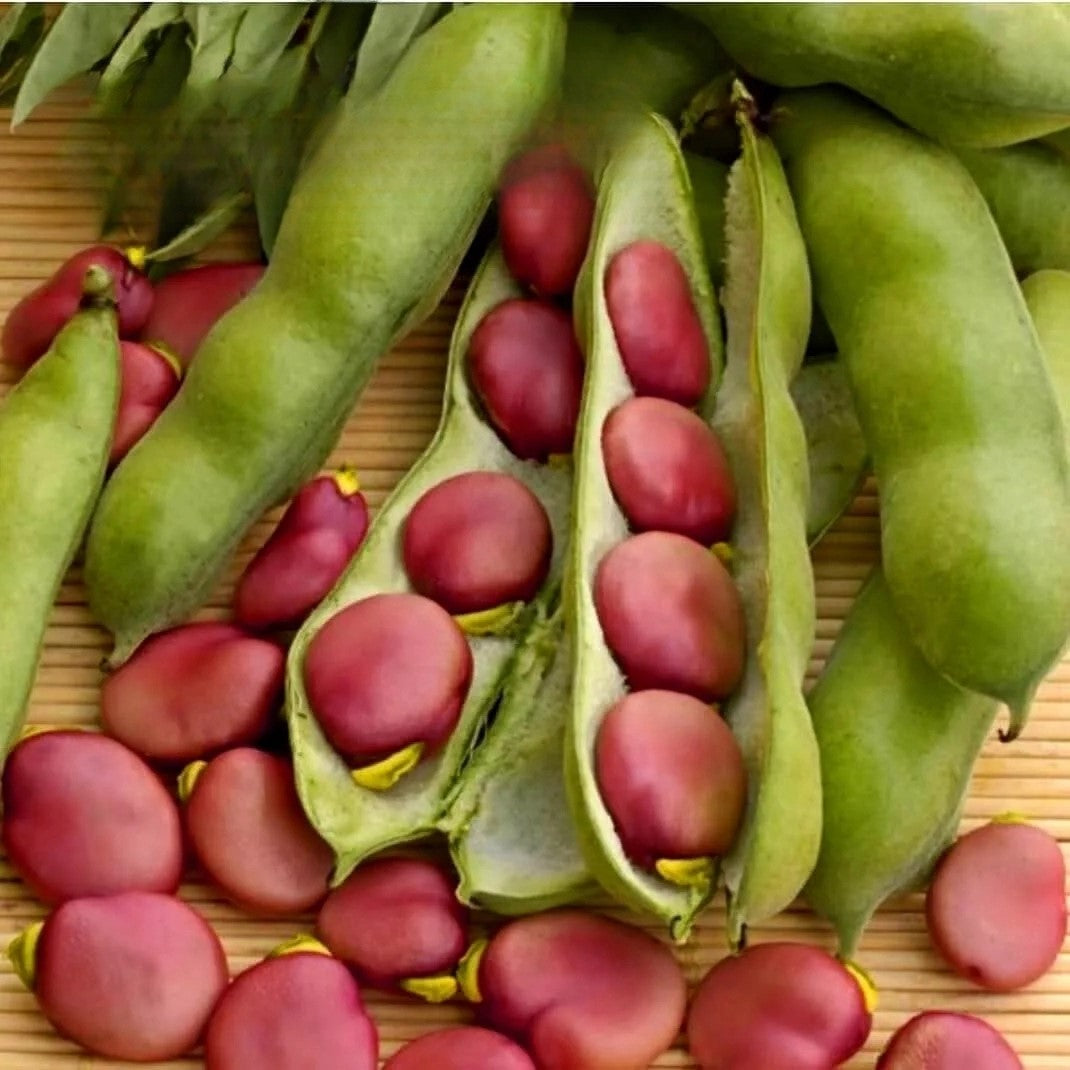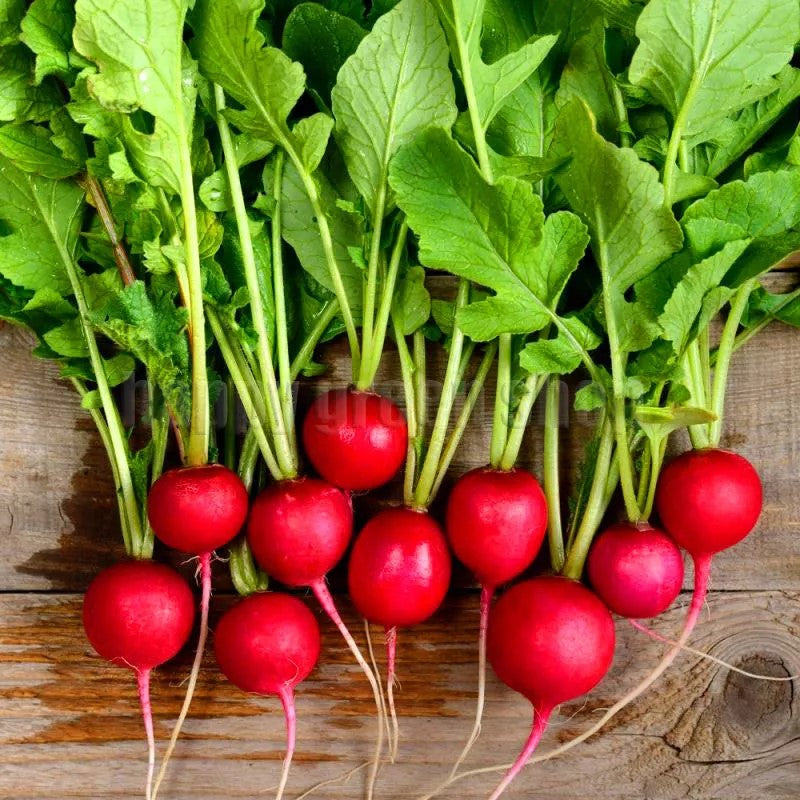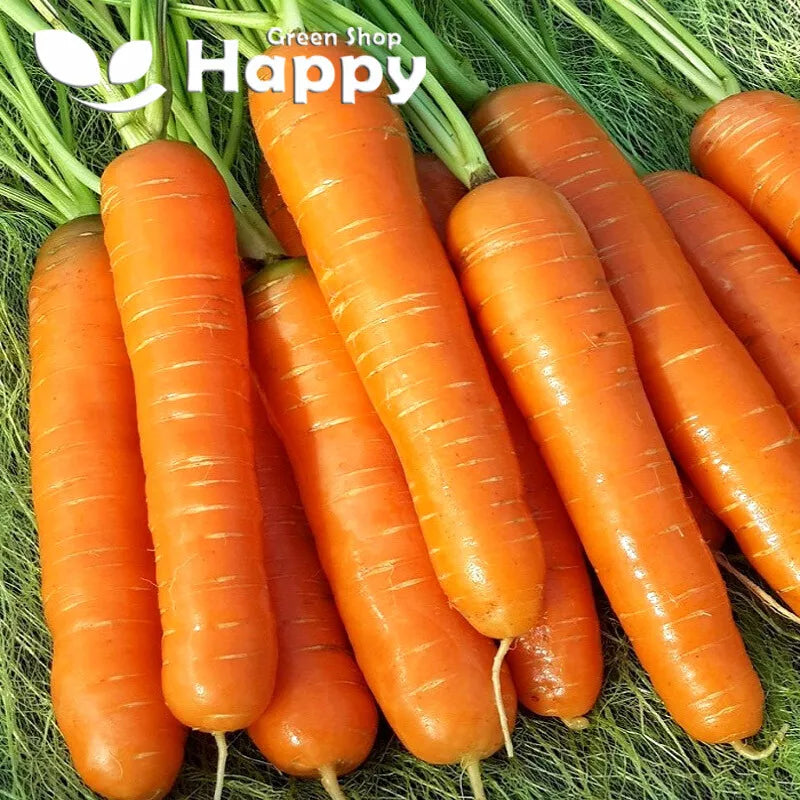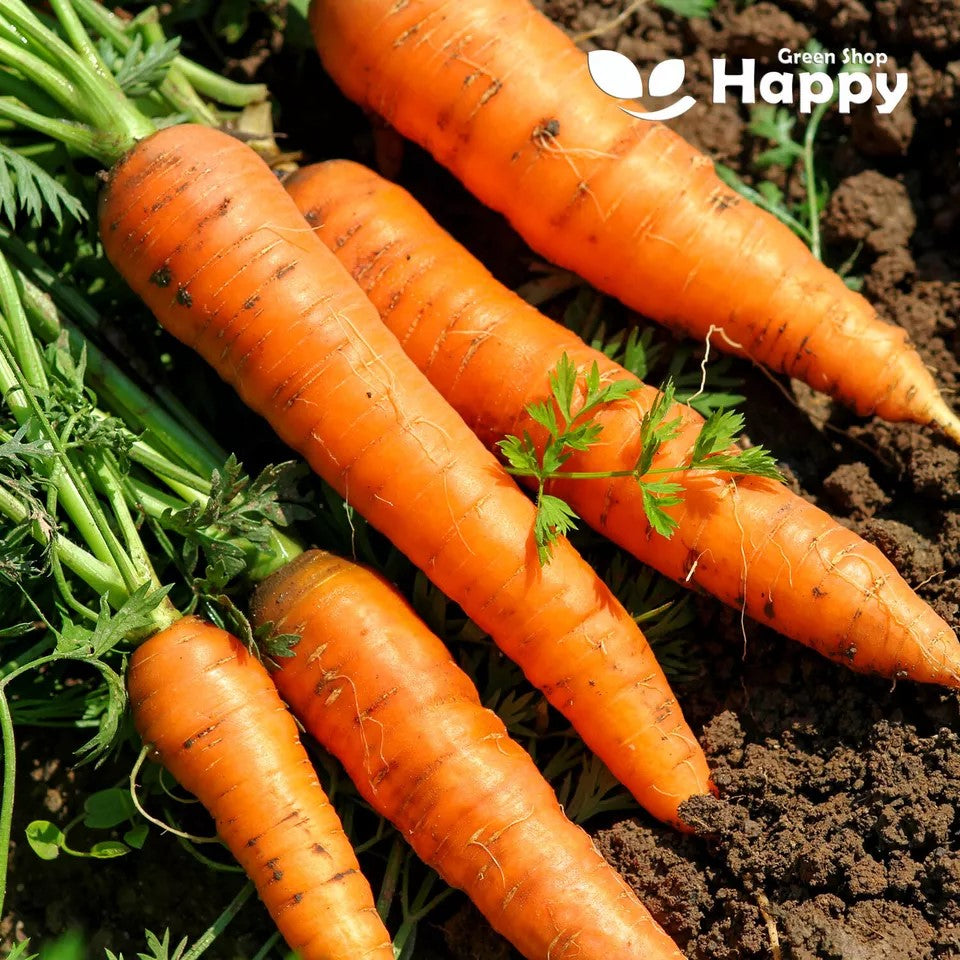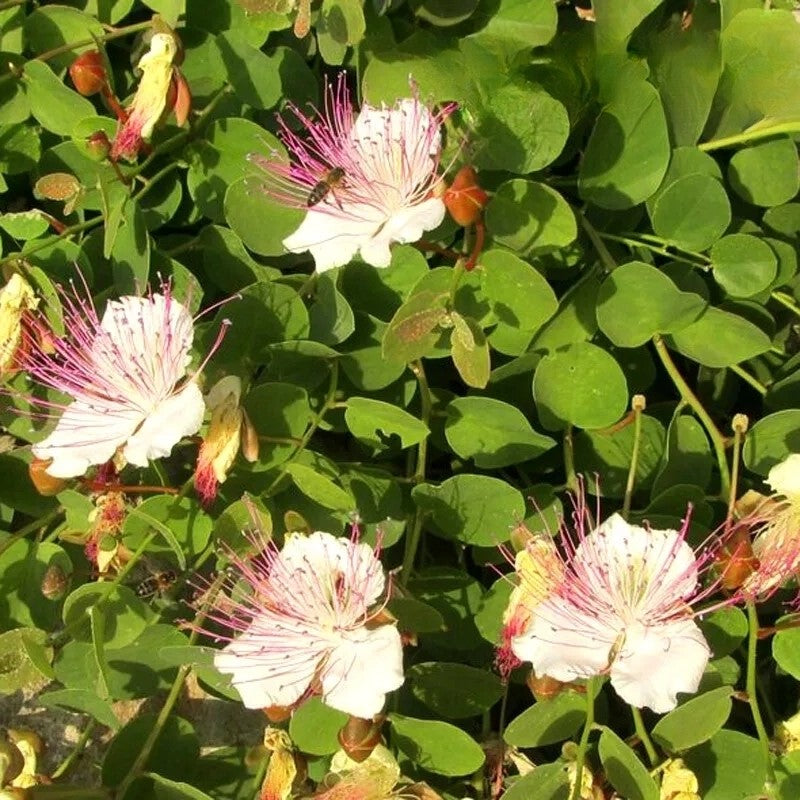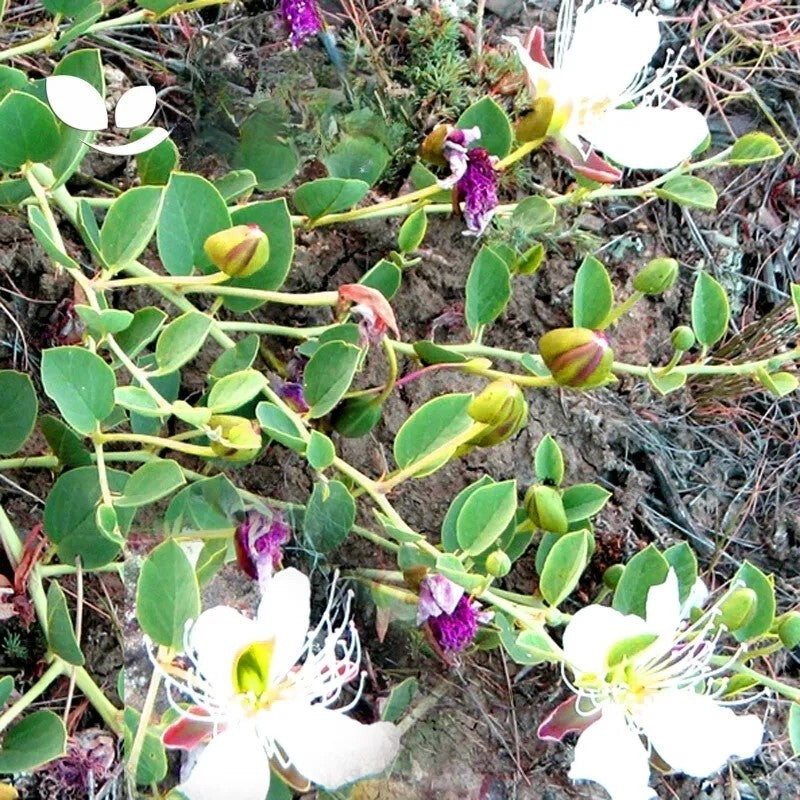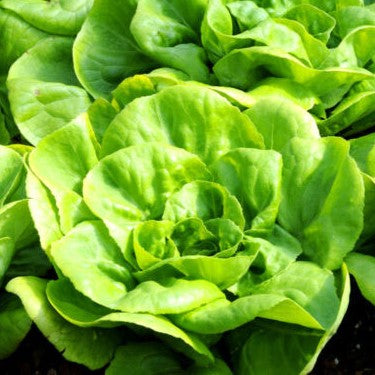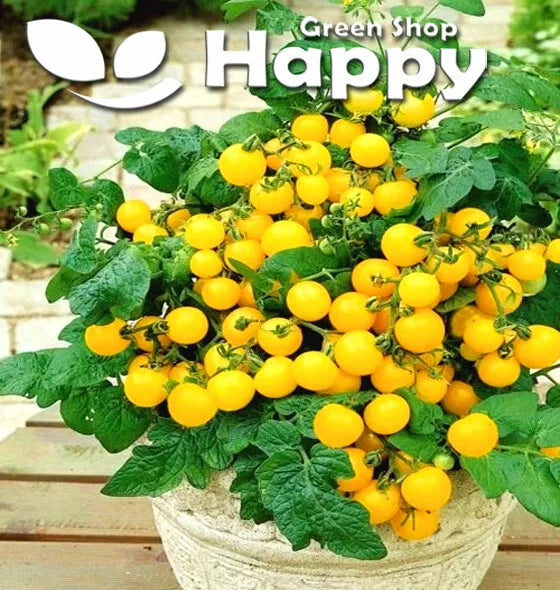Sort by:
225 products
225 products
Carrot ‘Cortina’ F1 Seeds (Daucus carota)
Grow sweet, uniform carrots with Carrot ‘Cortina’ F1 (Daucus carota). This early-maturing hybrid produces smooth, tapered, bright orange roots with excellent flavor, perfect for fresh salads, cooking, and roasting. Hardy and highly productive, it’s ideal for vegetable gardens, raised beds, and succession sowing for a continuous harvest.
How to Grow
-
Sow seeds directly outdoors from early spring to midsummer.
-
Use fertile, well-drained soil in full sun.
-
Sow seeds 1 cm deep and thin seedlings to 5–8 cm apart.
-
Keep soil consistently moist for optimal germination (10–14 days).
-
Harvest roots when fully grown but still tender for best flavor.
Key Features
-
Smooth, tapered, bright orange roots
-
Early-maturing and high-yield F1 hybrid
-
Sweet and flavorful, ideal for salads, cooking, and roasting
-
Reliable and easy to grow
-
Suitable for succession sowing for continuous harvest
Ideal For
-
Vegetable gardens, raised beds, and allotments
-
Fresh salads, cooking, and roasting
-
Succession sowing for steady harvests
-
Homegrown culinary use
Sowing
-
Best time: Early spring to midsummer outdoors
-
Depth: 1 cm
-
Spacing: Thin to 5–8 cm apart
-
Prefers full sun and fertile, well-drained soil
Quick Tip
-
Sow in successive batches every 2–3 weeks for a continuous supply of sweet, tender carrots.
Carrot 'Amsterdam 2' – 1000 Seeds (Daucus carota)
Carrot 'Amsterdam 2' is a very early and reliable variety producing smooth, slender, and sweet roots. With tender flesh and excellent flavor, it is perfect for eating fresh, juicing, or cooking. A quick-growing carrot ideal for successional sowings to enjoy a steady harvest all summer long.
How to Grow
-
Sow outdoors: February – July in well-prepared, finely raked soil.
-
Sow thinly in rows 20–25 cm apart.
-
Thin seedlings to 5 cm spacing for best root size.
-
Prefers full sun and well-drained, sandy soil.
Key Features
-
Early, fast-maturing variety
-
Slender, smooth, and sweet roots
-
Excellent for fresh eating, juicing & cooking
-
Ideal for containers and smaller gardens
-
Suitable for successional sowing
Ideal For
-
Fresh snacking and salads
-
Juices and soups
-
Succession planting for continuous crops
Sowing & Harvest
-
Sow: February – July
-
Harvest: May – September
Quick Tip
Sow small batches every 2–3 weeks to ensure a continuous harvest of tender carrots throughout the season.
Carrot "Lunar White" – Seeds (Daucus carota) Heirloom
Carrot 'Lunar White' is a rare heirloom variety featuring smooth, pale-white roots with a sweet, mild flavor. Ideal for fresh salads, roasting, or baby carrot snacks, its tender texture and unique color make it a standout addition to any garden or dish.
Easy to grow and adaptable, it performs well in home gardens, raised beds, or containers, producing uniform, straight roots that are as decorative as they are delicious.
How to Grow
-
Sow outdoors: March – July
-
Plant spacing: 5–8 cm between seedlings
-
Row spacing: 25–30 cm
-
Position: Full sun
-
Soil: Loose, deep, well-drained soil free of stones
-
Care: Keep soil moist; thin seedlings to avoid overcrowding
Key Features
-
Heirloom carrot with smooth, pale-white roots
-
Sweet, mild flavor ideal for salads, roasting, and snacking
-
Easy to grow in gardens, raised beds, or containers
-
Produces uniform, straight roots
-
Open-pollinated, true-to-type seeds
Harvest
-
Harvesting period: 70–80 days after sowing
-
Pick when roots are tender and fully developed for optimal flavor.
Short Tip
Thin seedlings early and keep soil consistently moist for straight, tender roots with delicate flavor.
Carrot "Cosmic Purple" – Seeds (Daucus carota) Heirloom
Carrot 'Cosmic Purple' is a stunning heirloom variety known for its vibrant deep purple skin and bright orange interior. Sweet, crisp, and visually striking, it’s perfect for salads, roasting, or fresh snacking. This unique carrot adds color and flavor to your garden and kitchen alike.
Adaptable and easy to grow, it thrives in home gardens, raised beds, or containers, producing tender roots with a distinctive appearance.
How to Grow
-
Sow outdoors: March – July
-
Plant spacing: 5–8 cm between seedlings
-
Row spacing: 25–30 cm
-
Position: Full sun
-
Soil: Loose, deep, well-drained soil free of stones
-
Care: Keep soil moist; thin seedlings to prevent overcrowding
Key Features
-
Heirloom carrot with deep purple skin and orange core
-
Sweet, crisp flavor suitable for salads, roasting, and snacking
-
Easy to grow in gardens, raised beds, or containers
-
Unique and colorful addition to vegetable gardens
-
Open-pollinated, maintaining true-to-type characteristics
Harvest
-
Harvesting period: 70–80 days after sowing
-
Harvest when roots are tender and fully colored for the best flavor.
Short Tip
Thin seedlings early and harvest consistently to encourage straight, uniform roots with rich color.
Caper Bush – Seeds (Capparis spinosa)
The Caper Bush is a resilient Mediterranean perennial valued for its flavorful buds and aromatic leaves. Its small, edible buds are commonly pickled and used to enhance salads, sauces, fish dishes, and Mediterranean recipes. This drought-tolerant plant adds both culinary and ornamental value to gardens.
Slow-growing but hardy, the Caper Bush thrives in sunny, well-drained locations and can tolerate poor soils. Over time, it develops attractive sprawling branches and delicate white to pink flowers, followed by round seed pods.
How to Grow
-
Sow indoors: February – April
-
Sow outdoors: Spring in warm climates
-
Position: Full sun
-
Soil: Well-drained, sandy or rocky soil; avoid waterlogged conditions
-
Care: Water sparingly; prune to maintain shape and encourage flowering
Key Features
-
Hardy Mediterranean perennial with edible buds and aromatic leaves
-
Small, flavorful buds ideal for pickling and cooking
-
Drought-tolerant and low-maintenance
-
Produces delicate white-pink flowers and round seed pods
-
Suitable for sunny gardens, rockeries, or container cultivation
Harvest
-
Harvesting period: 2–3 years after sowing for mature buds
-
Pick buds before flowering for pickling and culinary use.
Short Tip
Provide full sun and well-drained soil to encourage healthy growth and abundant buds.
Butterhead Lettuce 'May Queen' – Seeds (Lactuca sativa)
Butterhead Lettuce 'May Queen' is a classic, slow-bolting variety producing soft, tender, and buttery green leaves with a mild, sweet flavor. Ideal for salads, sandwiches, and wraps, it forms compact, easy-to-harvest heads and thrives in spring and early summer sowings. Perfect for home gardens, raised beds, and container cultivation.
How to Grow
-
Sow seeds indoors from February to April or directly outdoors from March to June.
-
Sow 0.5–1 cm deep in fertile, well-drained soil.
-
Thin seedlings to 20–25 cm apart to allow head development.
-
Prefers partial shade to full sun and consistent moisture.
-
Harvest outer leaves or whole heads when mature.
Key Features
-
Tender, buttery green leaves
-
Slow-bolting, ideal for spring and early summer
-
Compact, easy-to-harvest heads
-
Mild, sweet flavor suitable for fresh eating
-
Perfect for containers, raised beds, and garden rows
Ideal For
-
Fresh salads, sandwiches, and wraps
-
Home gardens and small spaces
-
Successive sowings for continuous harvest
Sowing & Harvest
-
Sow: February to June
-
Depth: 0.5–1 cm
-
Spacing: 20–25 cm
-
Harvest: April to July
Quick Tip
-
Keep soil evenly moist and shade young seedlings during hot spells to prevent bitterness.
Butterhead Lettuce ‘All Year Round’ Seeds (Lactuca sativa)
Enjoy fresh, tender salad leaves throughout the season with Butterhead Lettuce ‘All Year Round’ (Lactuca sativa). This versatile variety produces soft, buttery-textured leaves with a mild flavor, perfect for salads, sandwiches, and garnishes. Easy to grow and quick to mature, it thrives in both outdoor and greenhouse conditions.
How to Grow
-
Sow seeds directly outdoors from early spring to late summer or indoors for transplanting.
-
Use fertile, well-drained soil in full sun to partial shade.
-
Sow seeds thinly, cover lightly with soil, and keep moist until germination (7–14 days).
-
Thin seedlings to 20–25 cm apart for healthy growth.
-
Harvest outer leaves regularly or cut the whole head when mature.
Key Features
-
Tender, buttery-textured leaves with mild flavor
-
Quick-growing and versatile variety
-
Suitable for outdoor and greenhouse cultivation
-
Ideal for continuous harvest throughout the season
-
Easy to grow and maintain
Ideal For
-
Fresh salads, sandwiches, and garnishes
-
Kitchen gardens and raised beds
-
Continuous harvest in outdoor or protected environments
-
Pollinator-friendly garden spaces
Sowing
-
Best time: Early spring to late summer outdoors or indoors for transplanting
-
Germination: 7–14 days
-
Sow thinly, cover lightly, keep soil moist
-
Prefers full sun to partial shade and fertile, well-drained soil
Quick Tip
-
Sow in successive batches every 2–3 weeks for a continuous supply of tender leaves.
Butterhead Lettuce 'May King' – Seeds
Butterhead Lettuce 'May King' is an early, hardy variety prized for its tender, buttery leaves and mild, sweet flavor. Perfect for fresh salads, sandwiches, and garnishes, it delivers crisp, flavorful heads even in cooler spring conditions.
Easy to grow, this reliable lettuce is ideal for home gardens, raised beds, or container cultivation.
How to Grow
-
Sow outdoors: March – May
-
Plant spacing: 20–25 cm between plants
-
Position: Full sun to partial shade
-
Soil: Fertile, well-drained soil enriched with compost
-
Care: Keep soil moist; thin seedlings to ensure healthy growth
Key Features
-
Early, hardy butterhead lettuce with tender, buttery leaves
-
Mild and sweet flavor ideal for salads and sandwiches
-
Suitable for cool-season gardening
-
Compact growth, perfect for beds or containers
-
Reliable and easy to cultivate
Harvest
-
Harvesting period: 50–60 days after sowing
-
Pick outer leaves for continuous harvest or harvest entire heads when mature.
Short Tip
Sow successively every 2–3 weeks for a continuous supply of fresh, tender leaves.
Bush Yellow Tomato ‘Aztek’ – Seeds
(Solanum lycopersicum) – Compact Dwarf Cherry Tomato
‘Aztek’ is a miniature bush tomato variety that produces an abundance of bright yellow cherry-sized fruits with a mild, sweet taste. Perfect for small spaces, balconies, patios, and containers, this compact plant grows only 25–40 cm tall and does not require pruning or staking. Despite its small size, it delivers excellent yields of juicy fruits, ideal for snacking and salads.
Key Features
-
Type: Dwarf bush cherry tomato (determinate)
-
Plant height: 25–40 cm
-
Fruit size: ~15–20 g, cherry-sized
-
Color: Golden yellow
-
Taste: Sweet, mild, fruity
-
Harvest: Early – from June/July
-
Growth habit: Compact, no staking required
Ideal For
-
Containers, pots, and balconies
-
Small gardens and urban growing
-
Early harvests & continuous snacking
-
Children’s gardens – easy and fun to grow
Sowing & Growing
-
Sow indoors: February–April, 0.5 cm deep in pots or trays.
-
Germination: 7–14 days at 20–25°C.
-
Transplant: After last frost, spacing 30–40 cm apart or one per container.
-
Support: Not required (self-supporting bush type).
-
Harvest: From ~60–70 days after transplanting.
Care Tips
-
Ideal for pots (minimum 3–5 L).
-
Feed regularly with tomato fertilizer once flowering begins.
-
Water consistently – avoid drying out.
Showing 207/225

